Introduction
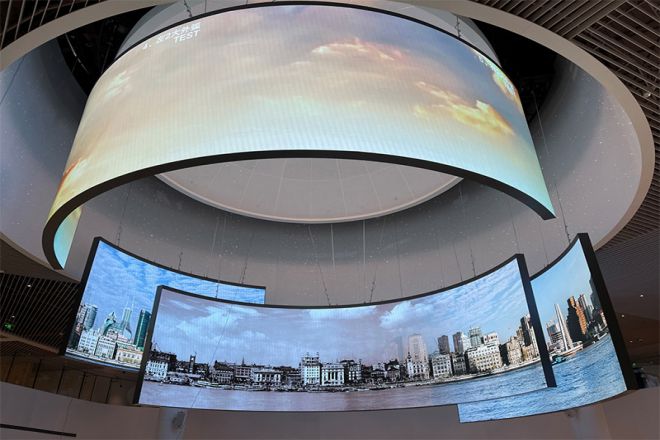
With the continuous progress of technology and the increasing diversification of application needs, the form of LED display is also constantly innovating and evolving.
Among them, soft modules, as an emerging LED display technology, are gradually attracting the attention of the industry and the favor of the market for their unique flexible characteristics and wide applicability.
The soft module LED display screen breaks the limitations of the traditional hard module, giving the display more possibilities and creative space.
1. What are the advantages of using soft modules for LED displays?
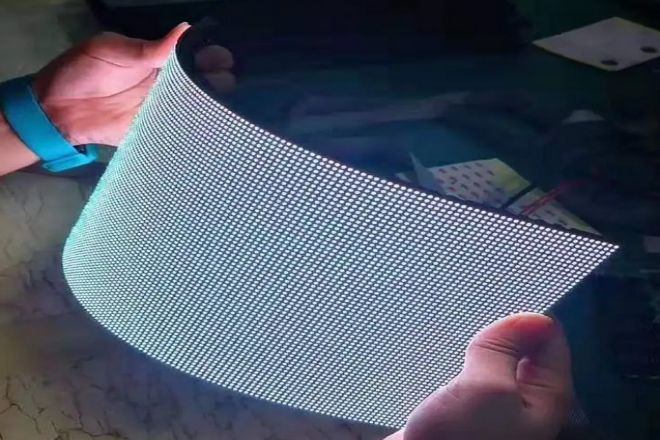
The use of soft modules for LED displays has a series of significant advantages, which are not only reflected in installation and use but also in visual effects and practical applications.
- Flexibility and bendability
One of the biggest features of the soft module LED display is its excellent flexibility. Unlike the traditional hard module LED display, the soft module can be easily bent into various shapes or even curled.
This flexible design enables the soft module to adapt to various non-planar installation environments, such as curved walls, cylinders, etc. Whether indoors or outdoors, soft modules can easily create unique and attractive visual effects, bringing more creative space to advertising, decoration, and display.
- Lightweight and portable
The soft module LED display is lighter and thinner than the traditional hard module, which is easy to carry and install. Due to the use of lightweight materials and thin design, the soft module not only greatly reduces the weight but also greatly reduces the thickness.
This makes it perform well in situations that require frequent movement or rapid installation, such as temporary exhibitions, event sites, etc. Users can easily carry and install the soft module LED display, which greatly improves work efficiency.
- High flexibility and customizability
The soft module LED display has a high degree of flexibility and customizability, which can meet various personalized needs. The soft module can be customized according to the specific needs of users.
Whether it is size, shape, or color, it can be adjusted according to needs. This means that users can create a unique LED display according to their ideas to achieve a personalized display effect.
- Impact and folding resistance
The soft module LED display has good impact resistance and folding resistance and can adapt to various harsh environments. Due to the use of flexible materials, the soft module LED display can maintain good integrity and is not easily damaged when subjected to impact or external forces.
At the same time, it can also be folded and unfolded many times, which will not have a significant impact on the display effect. This makes the soft module LED display more durable and reliable in outdoor, transportation, and other environments.
2. What are the applications of LED display soft modules in different industries?
The LED display soft module has been widely used in different industries because of its unique flexibility, bendability, and easy installation. The following are some main application areas:
- Commercial center and advertising industry:
LED display soft module is often used for exterior wall decoration or internal display of commercial centers to provide dynamic commodity advertising information. In the bustling commercial streets, we often see various large LED display screens playing various advertisements. Among them, some displays use soft module technology.
- Restaurants and entertainment venues:
In the restaurant, you may see the LED display on the wall playing menu or special price information. These displays are often made of soft modules because they can be easily installed on the wall, and the shape can be customized according to the decoration style of the restaurant.
In entertainment venues, such as bars or nightclubs, soft-module LED display screens can create a unique atmosphere by making a wrap-around screen so that people can feel an immersive audio-visual experience.
- Hotels and resorts:
The LED display soft module plays a key role in the decoration of the hotel lobby or resort. It can not only provide hotel service information and tourism information but also serve as a decorative element to enhance the beauty of the overall environment.
- Transportation and guide:
In the field of transportation, such as bus stations, airports, etc., the soft module LED display can be used to release traffic information, guide instructions, etc., to help passengers travel more conveniently.
- Sports and exhibitions:
In large-scale event venues such as stadiums and exhibition centers, because the soft module LED display screen can be curled up and carried, it is very convenient to build quickly when needed. It is often used to build temporary display screens or billboards.
- Schools and educational institutions:
In schools, the soft module LED display can be used for teaching display in the classroom or as the background wall of the school auditorium and gymnasium to provide rich educational information or activity information.
In addition, with the continuous progress of technology and the continuous expansion of application scenarios, the application of LED display soft modules in medical, financial, tax, industrial, and other fields is also increasing.
Its unique advantages enable it to play a good role in various complex and special installation environments, providing more creativity and display space for various industries.
3. Is the LED display soft module suitable for outdoor use?
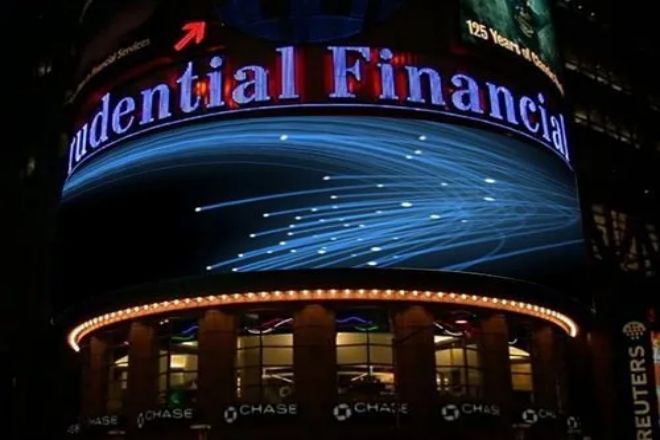
First of all, the soft module LED display has a high degree of flexibility, which means that it can adapt to various irregular installation surfaces, including outdoor curved walls, columns, etc. This feature allows the soft module LED display to have a wide range of applications in the outdoor environment.
Secondly, according to the characteristics of the outdoor environment, the soft module LED display screen is usually waterproof, dustproof, sunscreen, and other characteristics. These features ensure that the soft module LED display can also operate stably in harsh outdoor environments without being affected by moisture, dust, or ultraviolet rays.
In addition, the soft module LED display also has the characteristics of high definition and bright colors, which can maintain a clearly visible display effect even under strong outdoor light. This makes the soft module LED display have significant advantages in outdoor advertising, publicity, information release, etc.
However, it should be noted that although the soft module LED display is suitable for outdoor use, it still needs to follow the relevant specifications and requirements when installing and using it to ensure its stability and safety.
For example, waterproofing, lightning protection, and other problems need to be taken into account during installation, and regular maintenance and inspection are also required.
4. What factors need to be considered for the content creation and playback of the LED display soft module?
First of all, because the soft module has excellent flexibility, it is necessary to give full consideration to how to use this feature to create more attractive and creative visual effects in content creation.
For example, you can design some content layouts with curved or wavy shapes to highlight the uniqueness of soft modules and attract the attention of the audience.
Secondly, the soft module has higher flexibility in installation and layout and can adapt to various complex installation environments and shapes. Therefore, when creating content, it is necessary to consider the viewing effect and visual experience under different installation conditions.
For example, if the soft module is installed on a curved wall or column, the layout and perspective of the content may need to be adjusted accordingly to ensure that the audience can get a good viewing experience from any angle.
In addition, since soft modules are usually used in the outdoor environment, content creation needs to take special consideration of the outdoor environment. This includes factors such as outdoor lighting conditions, weather changes, and audience mobility.
For example, it is necessary to ensure that the content is still clearly visible in direct sunlight, taking into account the display effect of the content in different weather conditions.
In addition, because the outdoor audience may be on the move, the presentation of the content also needs to be more concise and clear so that the audience can quickly obtain information.
In terms of playback, soft modules usually support higher resolution and richer color performance, so they can present more delicate and vivid picture effects. However, this also means that higher data processing capabilities and a more stable playback system are needed to support high-quality content playback.
In addition, because the soft module may involve multiple splicing units, it is necessary to ensure synchronization and consistency between the units during playback to avoid problems such as picture fracture or dislocation.
5. Pixel alignment and calibration of LED display soft module
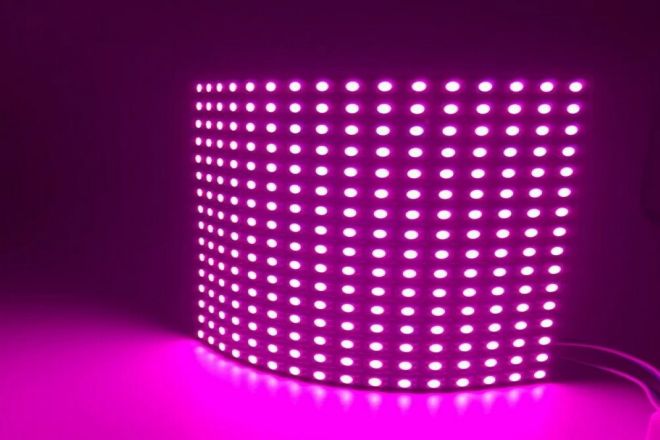
Pixel alignment and calibration of the LED display soft module are important steps to ensure a clear and accurate display effect. Here are some suggestions to solve these problems:
- Use professional calibration software:
Some soft module manufacturers provide special calibration software, which usually has an automatic calibration function and can simplify the calibration process. Through the software, the brightness and color of each pixel can be adjusted to achieve more accurate calibration
- Accurate physical installation:
When installing soft modules, it is necessary to ensure that the gap between the screens is as small as possible and keep it as horizontal as possible. This helps to reduce the misalignment between pixels and make the overall picture smoother.
- Edge compensation technology:
Some advanced LED display soft modules have an edge compensation function. This technology can compensate for the small deviations caused by the installation or manufacturing process by increasing or reducing the number of pixels in the edge area so as to achieve pixel alignment.
- Regular inspection and maintenance:
Over time, the soft module may be offset by pixels due to environmental factors or material aging. Therefore, regular inspection and maintenance are the keys to ensuring the long-term display effect.
- Training professionals:
Personnel responsible for installing, debugging, and maintaining LED display soft modules should receive professional training to ensure that they have the correct operating skills and calibration knowledge.
6. Maintenance requirements for LED display soft modules
- Regular inspection:
In order to ensure the normal operation of the soft module and extend its service life, regular safety inspections are required. This includes the inspection of the power supply, signal lines, connectors, and other components, as well as the evaluation of the display’s overall operation status.
- Cleaning and maintenance:
Because soft modules are usually used in outdoor environments, they are easy to accumulate dust and dirt, so they need to be cleaned regularly. When cleaning, soft cloths and special cleaners should be used to avoid scratching or corroding the screen with hard objects or chemical solvents.
- Waterproof and dustproof:
The soft module needs to have a certain waterproof and dustproof ability to prevent damage to the display screen under bad weather conditions. Therefore, during the maintenance process, the waterproof and dustproof facilities should be checked to ensure they are intact, and if there is any damage, they should be replaced in time.
- Repair and replacement:
Problematic modules, such as uneven brightness, abnormal color, etc., need to be repaired or replaced in time. During the maintenance process, relevant operating procedures should be followed to ensure maintenance quality and safety.
7. Specific safety precautions when using the LED display soft module
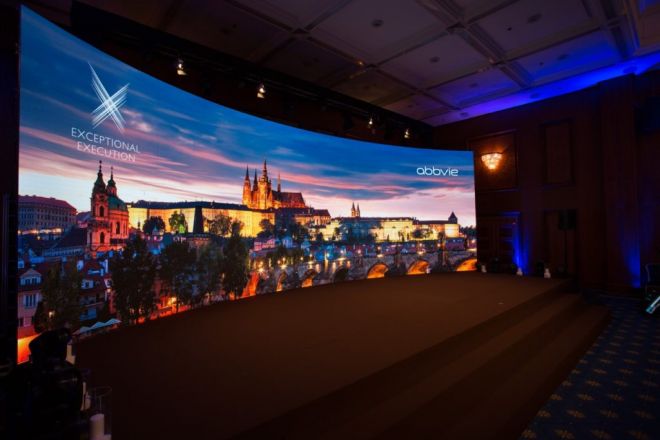
When using the LED display soft module, there are indeed some specific safety precautions and regulations that need to be strictly observed to ensure the safety and stability of the use process. Here are some key safety precautions:
- Prevent electrostatic interference:
The LED display soft module is very sensitive to static electricity, so in the process of use, installation, and maintenance, anti-static measures must be taken, such as wearing an anti-static bracelet to ensure that the working environment is suitable for humidity and avoid operating in a dry environment.
- Prevent mechanical damage and chemical corrosion:
The soft module is relatively fragile and vulnerable to external extrusion and sharp objects, so it is necessary to ensure that there are no heavy or sharp objects in the installation environment. At the same time, it is also necessary to prevent water and chemical liquids from entering the interior of the display screen to avoid damage.
- Correct installation of grounding wire:
Grounding wire is essential to ensure the safe operation of the display screen. Special grounding terminals should be used to ensure that the grounding wire is firmly connected, and the position of the grounding wire shall not be changed at will.
- Maintain a ventilated and dry environment:
The display screen should be installed in a well-ventilated and dry environment to avoid long-term exposure to wet or high temperatures so as to extend the service life and reduce the failure rate.
- Pay attention to safety protection:
In the process of handling and installation, handle it carefully to avoid violent vibration and impact. At the same time, make sure that the display is away from flammable items and avoid touching exposed wires or interfaces during use.
- Regular cleaning and maintenance:
regularly remove dust and dirt on display to maintain its good heat dissipation and viewing effect. When cleaning, you should use a soft dry cloth or a special cleaning tool to avoid using chemical detergent or water to wipe directly.
- Regularly check the power supply voltage and control system:
Regularly check whether the power supply voltage is stable and whether the contact with the control card is good. If an abnormality is found, it should be dealt with in time to avoid safety accidents.
- Non-professionals shall not operate:
The installation, commissioning, and maintenance of the LED display soft module shall be carried out by professionals, and non-professionals shall not remove or change the parts and parameters of the display at will.
- Comply with relevant regulations and standards:
When using the LED display soft module, you should abide by relevant safety regulations and standards, such as national electrical safety regulations, fire safety regulations, etc., to ensure the safety and compliance of the use process.
Conclusion
The above is the whole content of this article. If you want to know more about the LED display, please get in touch with us.
